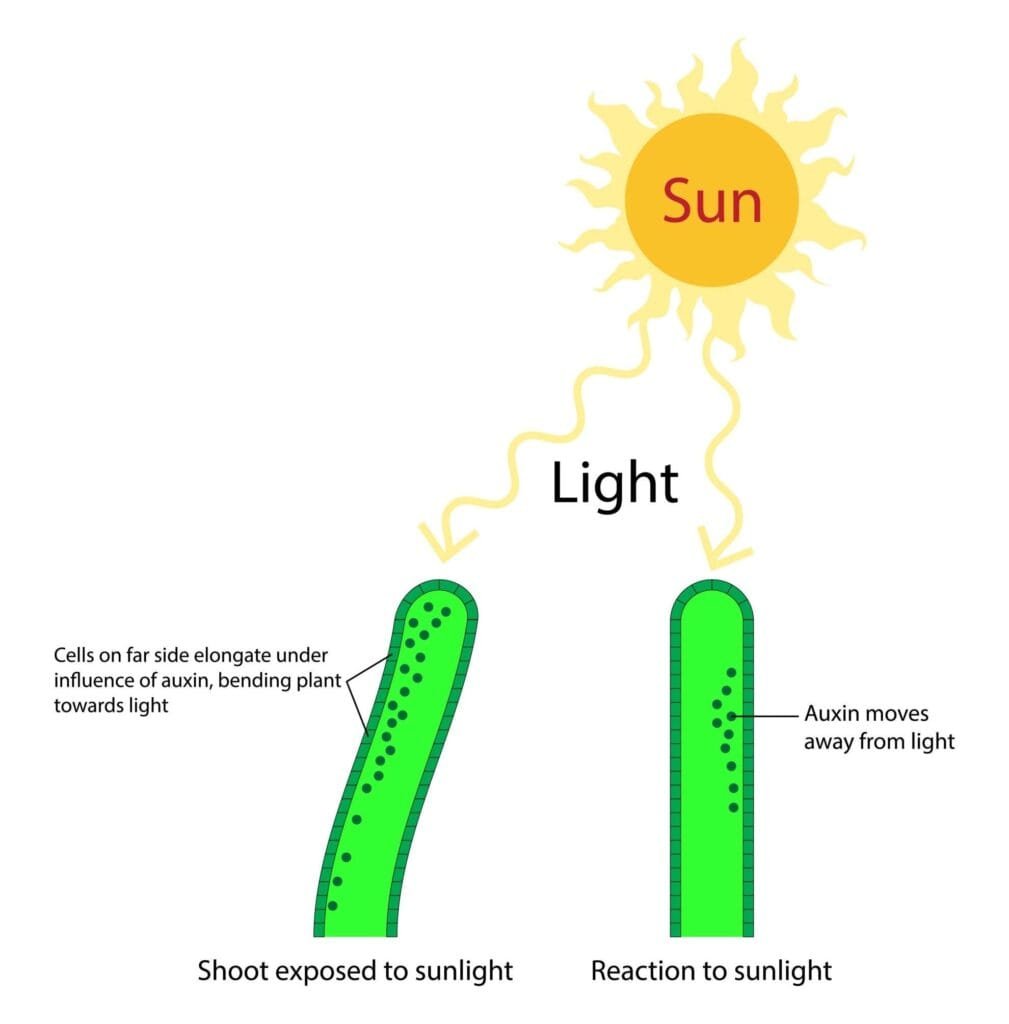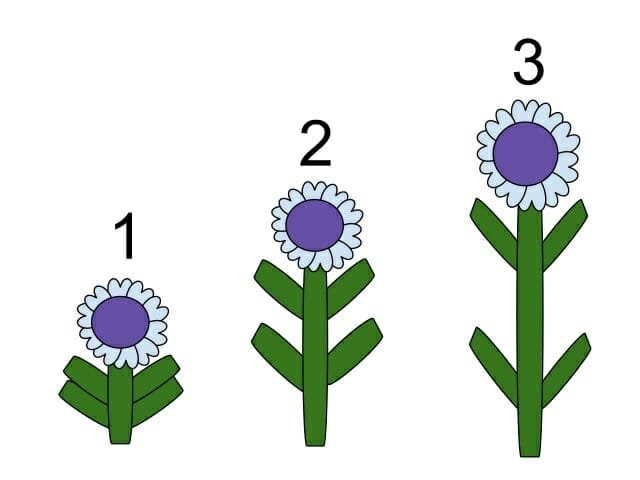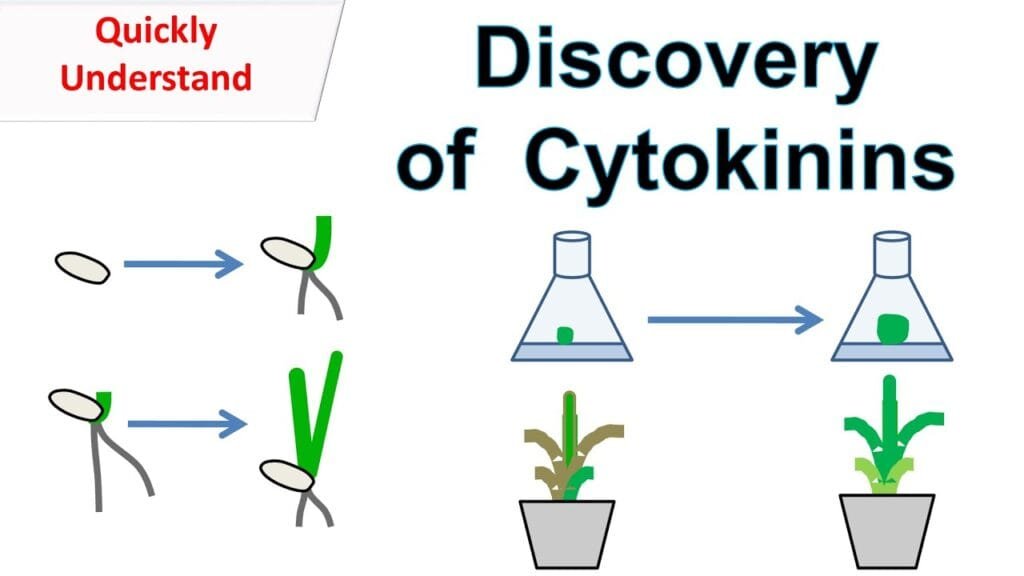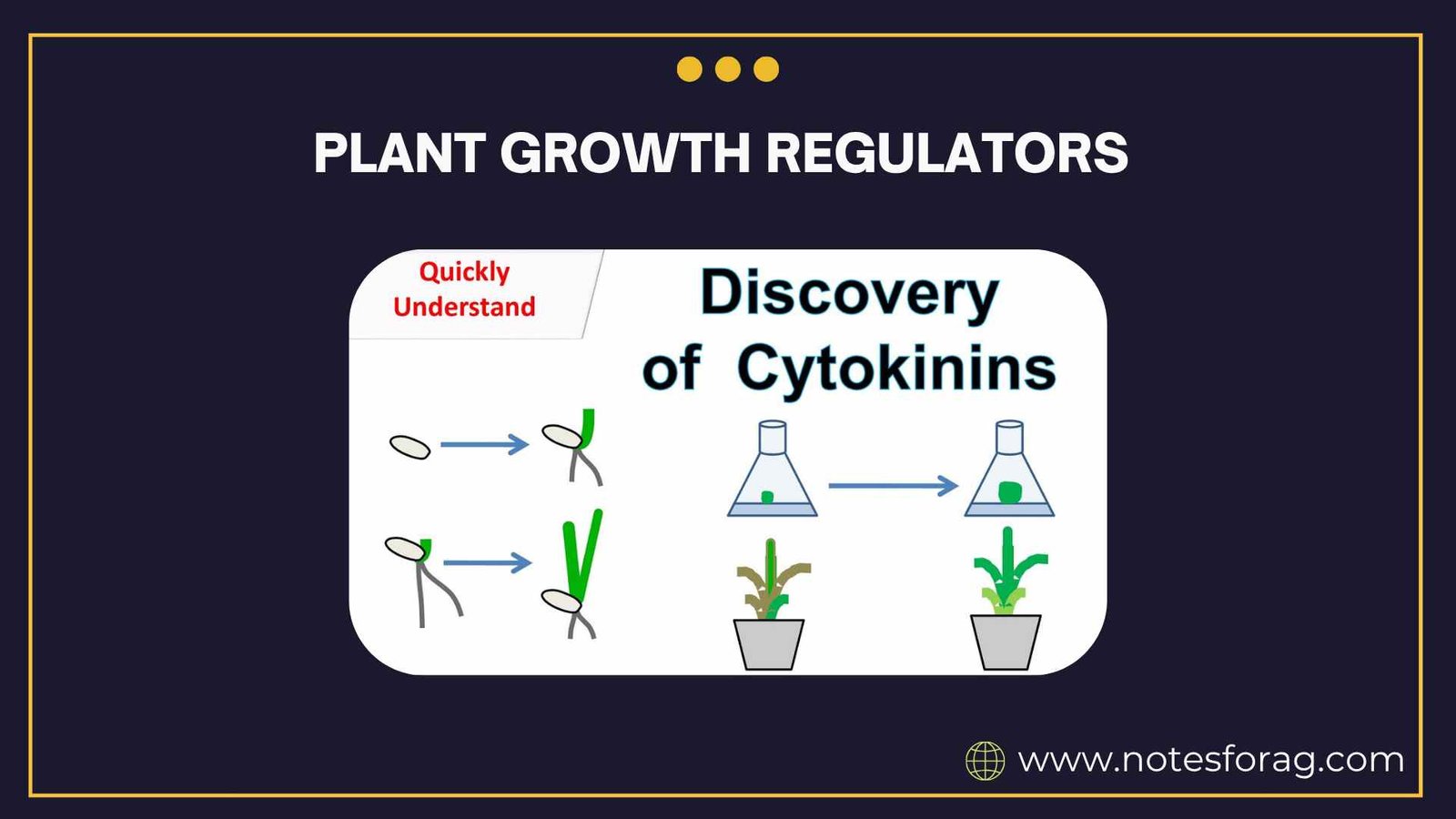INTRODUCTION TO PLANT GROWTH REGULATORS
Plant Growth Regulators (PGRs) are organic substances, either natural or synthetic, that influence physiological processes in plants at very low concentrations. These regulators are essential for modifying plant growth and development, including processes like cell division, elongation, flowering, fruiting, and leaf fall. In horticulture, PGRs are widely used to enhance crop productivity, quality, and ease of management. Their use enables growers to control plant height, shape, fruit setting, ripening, and stress tolerance.
Summary of Plant Growth Regulators
- Plant Growth Regulators are natural or synthetic hormones like auxins, gibberellins, cytokinins, ethylene, and ABA that influence plant processes such as rooting, flowering, fruiting, stress response, and dormancy.
- PGR types serve specific roles: auxins for root initiation, gibberellins for elongation and germination, cytokinins for cell division, ethylene for ripening, and ABA for stress tolerance.
- In horticulture, PGRs are used for propagation, yield enhancement, fruit quality improvement, stress management, compact plant forms, synchronized harvesting, and extended product shelf life.
Table of Contents
TYPES OF PLANT GROWTH REGULATORS
1. AUXINS

Definition and Role
Auxins are primarily involved in cell elongation, apical dominance, root initiation, and fruit development. They are found in high concentrations in shoot tips and are responsible for promoting growth in stem and root tissues.
Functions in Horticulture
In horticultural crops, auxins like Indole-3-acetic acid (IAA) and Indole-3-butyric acid (IBA) are used to promote root formation in cuttings, prevent premature fruit drop, and aid in fruit development.
2. GIBBERELLINS

Definition and Role
Gibberellins (GAs) are a group of PGRs that promote stem elongation, seed germination, and flowering. They counteract the effects of dormancy and are especially useful in promoting cell division and elongation.
Functions in Horticulture
They are widely used to increase fruit size in grapes, induce flowering in pineapples, and break seed dormancy in various horticultural crops. Gibberellic acid (GA3) is the most commonly used form.
3. CYTOKININS

Definition and Role
Cytokinins promote cell division and delay senescence or aging in plants. They are naturally synthesized in roots and transported to other parts of the plant.
Functions in Horticulture
Cytokinins are used to enhance branching, promote shoot formation in tissue culture, and delay leaf yellowing in leafy vegetables and ornamental crops.
4. ETHYLENE
Definition and Role
Ethylene is a gaseous PGR involved in fruit ripening, leaf abscission, and flower senescence. It plays a dual role, promoting some aspects of growth and inhibiting others.
Functions in Horticulture
Ethylene is commonly used to induce ripening in fruits like bananas and mangoes. It is also used for flower induction in pineapples and for synchronizing fruit maturation in crops like tomato.
5. ABSCISIC ACID (ABA)
Definition and Role
Abscisic acid is known as a growth inhibitor. It is involved in promoting dormancy, closing stomata during water stress, and responding to environmental stress.
Functions in Horticulture
ABA is crucial for managing drought stress in crops and is also involved in inducing seed dormancy, ensuring seeds only germinate under favorable conditions.
SYNTHETIC PLANT GROWTH REGULATORS
Apart from naturally occurring PGRs, synthetic regulators are developed to mimic or inhibit the natural plant hormones for better control in commercial horticulture. Common synthetic PGRs include:
- Naphthalene Acetic Acid (NAA) – a synthetic auxin
- Paclobutrazol – a gibberellin inhibitor used to control plant height
- Ethephon – an ethylene-releasing compound used in fruit ripening
APPLICATION TECHNIQUES OF PGRs IN HORTICULTURE
1. FOLIAR SPRAY
This is the most common method, where diluted PGR solutions are sprayed directly on leaves. It ensures rapid absorption and uniform application.
2. SEED TREATMENT
Seeds are soaked in PGR solutions before sowing to enhance germination and early growth, especially under adverse conditions.
3. SOIL APPLICATION
PGRs are mixed into the soil to influence root growth and overall plant development. This method ensures longer availability to the roots.
4. DIPPING OR DRENCHING
Cuttings or seedlings are dipped in PGR solutions to stimulate root development or reduce transplant shock. This technique is especially useful in nursery practices.
BENEFITS OF PLANT GROWTH REGULATORS IN HORTICULTURE
- Enhance root development and propagation in cuttings
- Promote flowering and fruiting even under unfavorable conditions
- Improve fruit size, shape, and color in commercial fruits
- Delay senescence, extending shelf life of vegetables and flowers
- Regulate plant height and canopy structure for better management
- Induce uniform ripening and harvest in fruits
LIMITATIONS AND PRECAUTIONS
While PGRs offer many benefits, their improper use can lead to adverse effects:
- Overuse may cause abnormal growth or phytotoxicity
- Incorrect timing or dosage can lead to crop failure
- Residue issues may affect export quality
- Environmental and health risks due to synthetic PGRs
Proper knowledge, timing, and dosage are crucial for effective use.
CONCLUSION
Plant Growth Regulators are vital tools in modern horticulture, helping to enhance productivity, improve quality, and manage plant development effectively. Their role in regulating various physiological processes makes them indispensable in commercial horticultural practices. However, it is essential to use PGRs judiciously, following recommended guidelines to ensure environmental safety and sustainable crop production. With proper application, PGRs can lead to higher yields, better quality produce, and more efficient use of resources in horticulture.
Frequently Asked Questions (FAQs)
What are the main types of plant growth regulators used in horticulture?
The five major PGR types are auxins, gibberellins, cytokinins, ethylene, and abscisic acid, each regulating key growth processes like rooting, flowering, senescence, ripening, and stress responses. They help optimize growth stages in plants, making them vital tools in modern horticultural practices.
How do auxins and gibberellins enhance horticultural crop production?
Auxins promote rooting and reduce fruit drop in cuttings, while gibberellins increase stem elongation, fruit size, and break seed dormancy for improved yield and flowering. Together, they improve vegetative growth and reproductive efficiency in commercial crops.
Why are cytokinins important for postharvest quality in vegetables and flowers?
Cytokinins delay senescence by promoting cell division, extending the shelf life of leafy vegetables and cut flowers, and maintaining freshness during storage.
They are often sprayed post-harvest to slow aging and retain market value longer.
What role does ethylene play in horticultural ripening processes?
Ethylene is used commercially to synchronize and accelerate the ripening of climacteric fruits like bananas and tomatoes and to induce flower opening.
It also regulates leaf abscission and enhances uniformity in fruit color and texture development.
Related Articles

